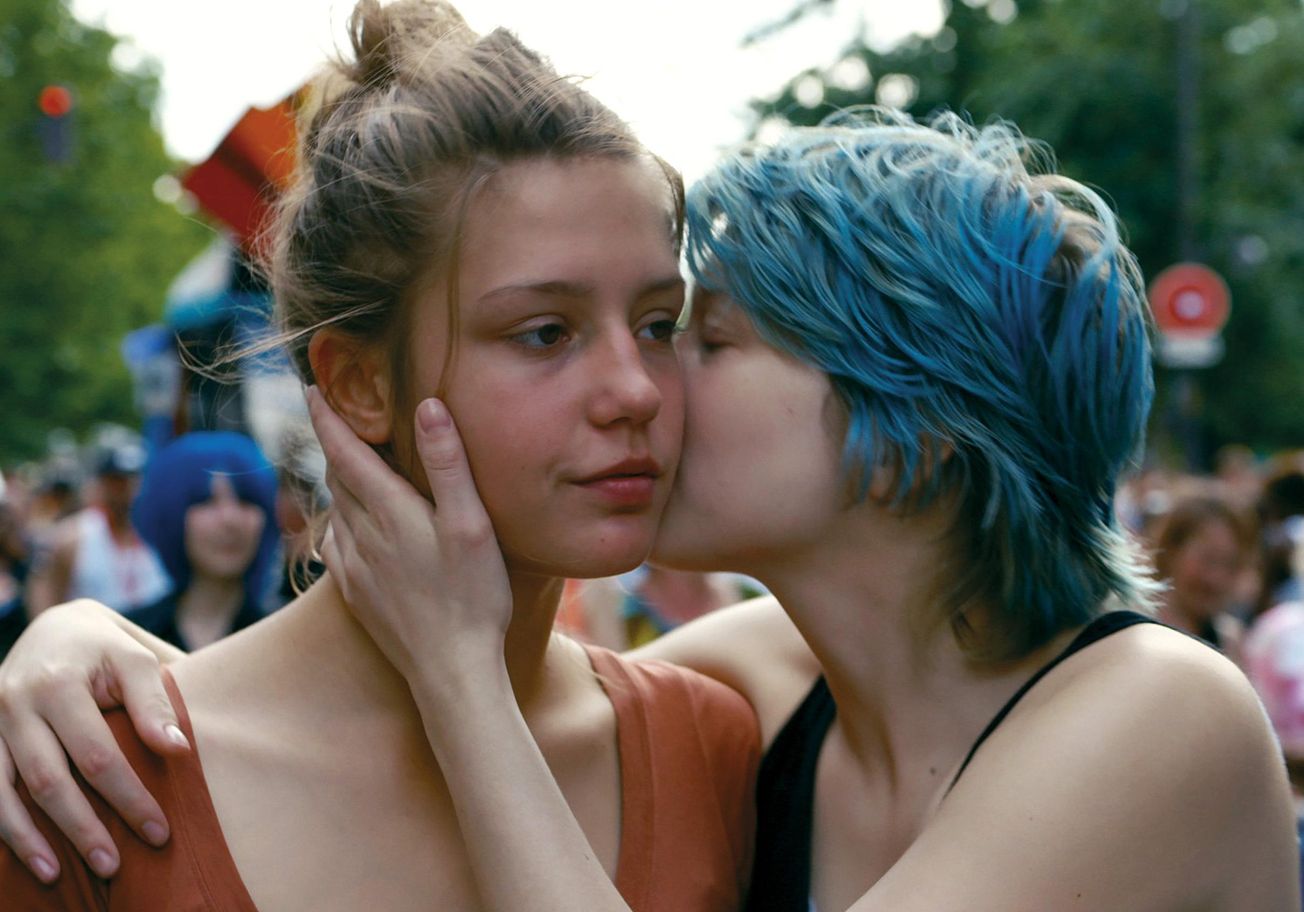By Ellie Spenceley, Second Year, English
Does the gender of a director affect a film’s vision? In a society that so heavily caters to male desire and filters female experience through the male gaze, it is imperative that we are critical of the ways in which lesbian desire is presented on screen.
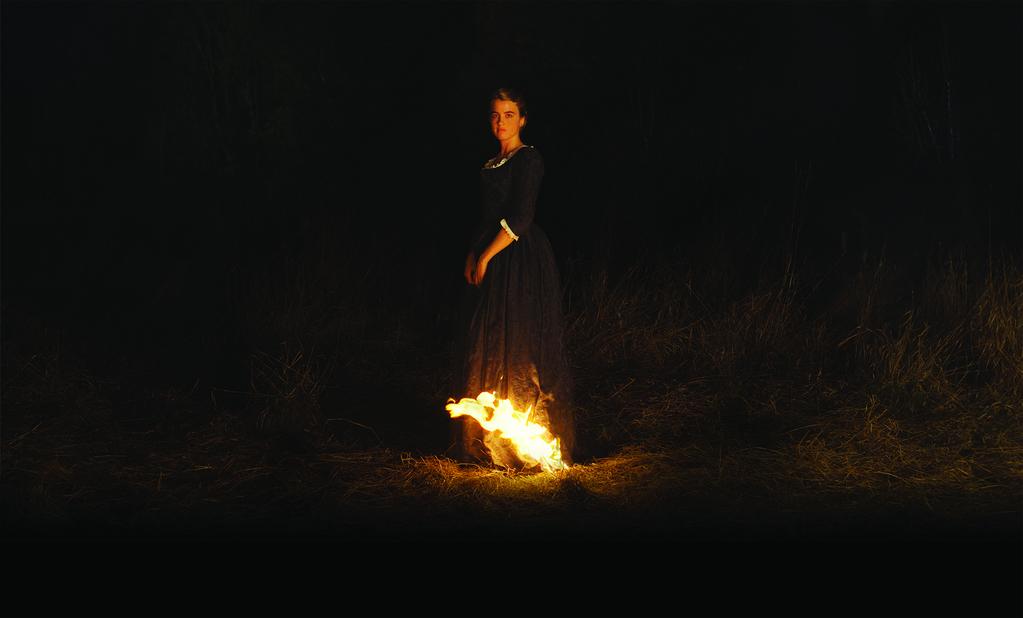
Céline Sciamma’s Portrait of a Lady on Fire (2020) is a beautiful example of the female gaze in film – a subversion of the concerningly common expectation of sapphic desire as having to be visually appealing to men. Sciamma, a lesbian herself who previously dated one of the lead actresses, Adèle Haenel, is personally familiar with the essences of queer desire that she illustrates with such beauty on screen.
The same cannot be said for Abdellatif Kechiche, who made his directorial debut with iconic lesbian film Blue is the Warmest Colour (2013). The film, whilst well renowned in discussions about queer cinema, was subject to a number of controversies surrounding the process of production and subsequent promotion, with concerns arising about the way in which Kechiche approached the filming of sex scenes between Adele Exarchopoulos and Lea Seydoux.
As a bisexual woman who watched this film as an impressionable 15-year-old still uncertain about her sexuality, the amount of sex was definitely striking, but having not yet had my own experiences it was considerably dangerous in retrospect.
Was I building up an understanding of how romantic relationships between women rise and fall based on the ideas presented to me by a heterosexual man?
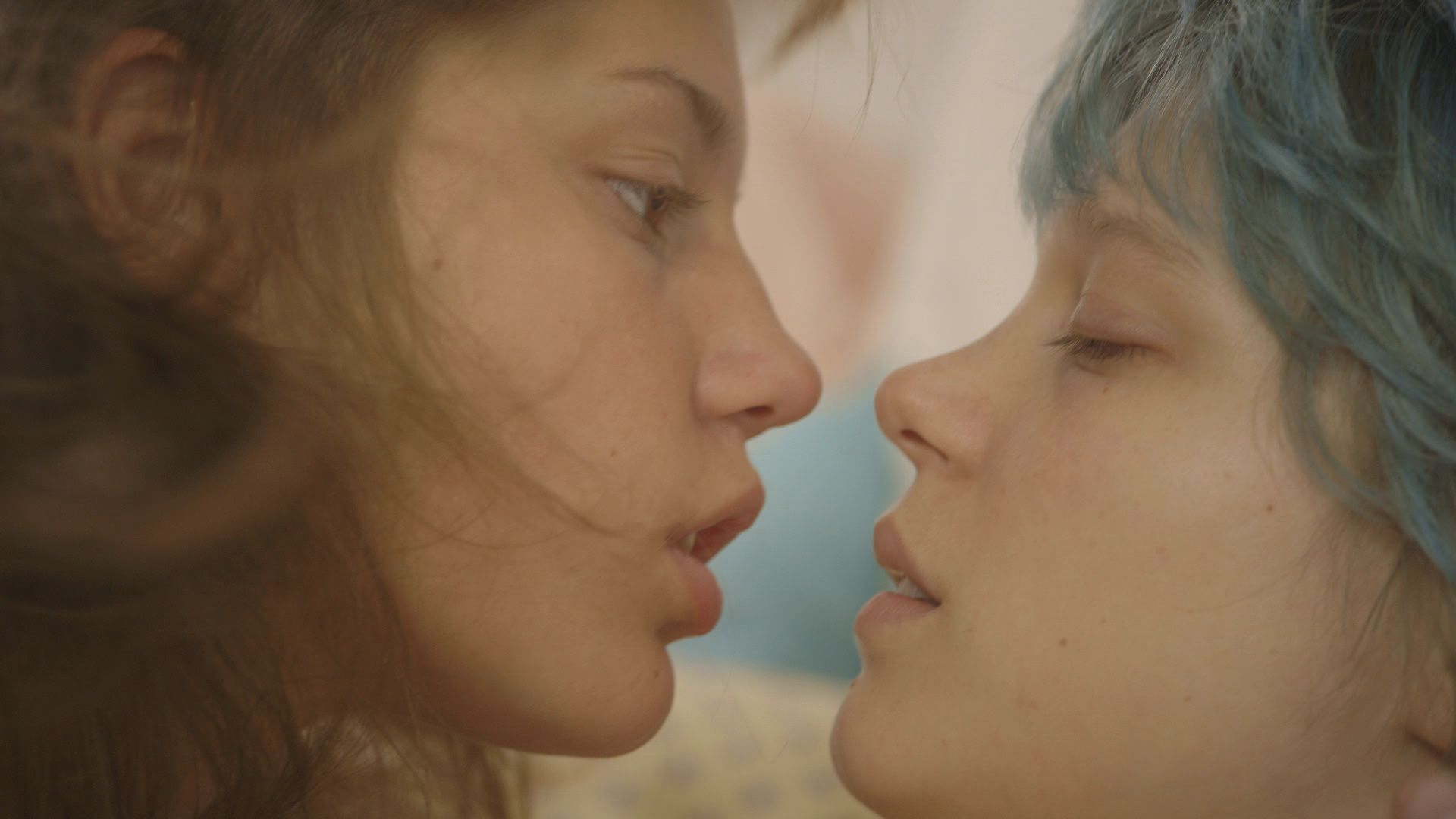
Having had time to come into my own and understand my attraction to women on my own terms, Blue is The Warmest Colour feels voyeuristic. Whilst sex is, of course, an element of female homosexual relations as much as it is a feature within heterosexual relationships, Kechiche’s presentation of the sexuality within a lesbian dynamic feels reductive and objectifying.
I worry about younger queer women, less aware of film discourse, who watch a film like Blue is the Warmest Colour and feel as though their emergence into same-sex attraction must be rooted in immediate hypersexuality. The sexuality spectrum is diverse, nuanced and accommodating, and films that claim to depict queer experience that reduce it to its sexual elements do not seem authentic nor do they seem to embrace the sapphic experiences that I, and my queer friends, are familiar with.
Whilst Blue is the Warmest Colour was undoubtedly a formative film for me, knowing how controversial it is and how problematic its production was causes me to step back and reflect upon the extent to which our society fetishises lesbianism for the benefit of cisgender heterosexual men. Both Exarchopoulos and Seydoux remarked upon how Kechiche made them film the sex scenes many times – a fact that makes me uncomfortable as a queer woman who knows how intimate and individualistic a sexual encounter with another woman is.
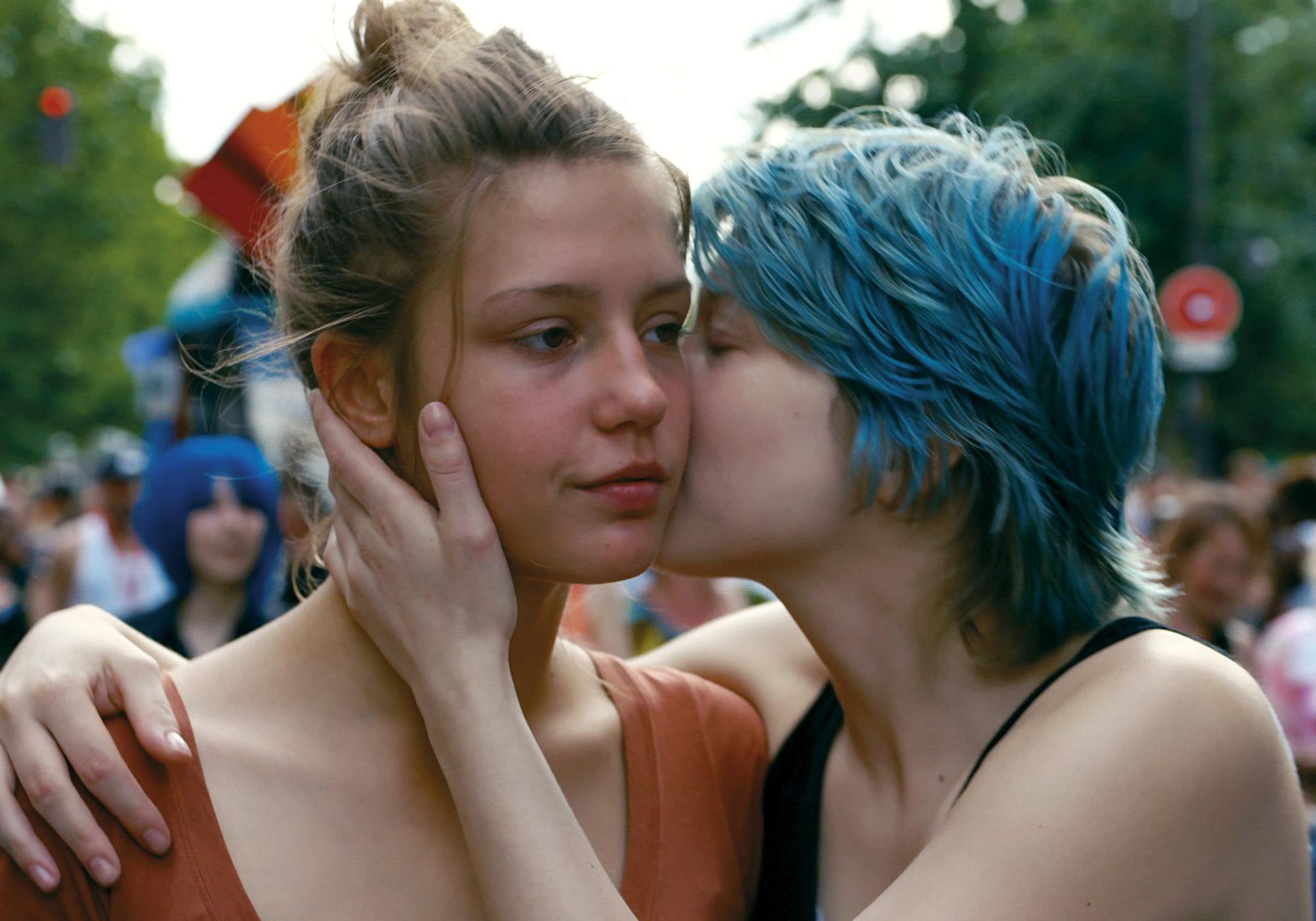
Questions like these make me consider whether or not it is important for lesbian stories to be told by lesbian women as long as they remain marginalised in a heteronormative society. Why is ‘lesbian’ such a popular porn category when the majority of people who consume porn are male, for example? Why are presentations of lesbianism in pornography so performative and catered to male sex drive, making the feelings of women in the presented situations secondary to what the dominant male sex drive desires?
Céline Sciamma’s directorial vision with Portrait of a Lady on Fire is therefore important, and a signpost of how lesbian cinema is to be created in years to come. A male character is not even introduced until the final act of the film, and this does not feel unusual until you are forced to confront the lack of male presence. So many films in the Western canon neglect the idea that women and female experience have the capability to be central, so watching Portrait of a Lady on Fire as a queer woman felt like a forceful confrontation of this imbalance. It is empowering to watch a film so intent on centralising sapphic experience, but disempowering to know that in the grand scheme of things, such a film is considered anomalous.
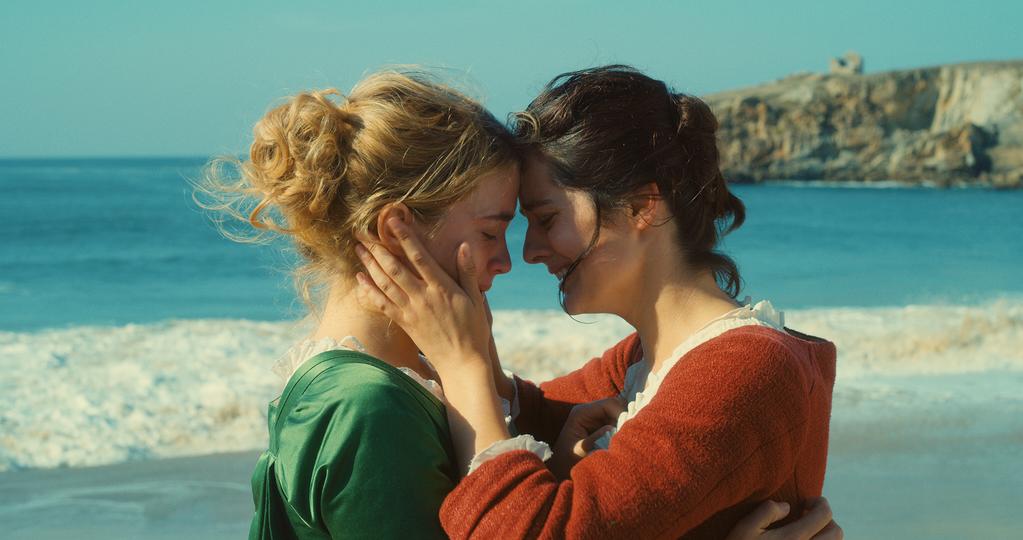
In Portrait of a Lady on Fire, no men are present in the presentation of lesbian desire, either inside or outside of the film’s frame. The film contains a lot less sex than Blue is the Warmest Colour, but the intimacy it does present seems true to life and representative of the non-linear nor categorisable essence of a real sapphic relationship.
'Judas and the Black Messiah' grabs you by the neck and never lets up
LGBTQ+ History Month: how is lesbian desire represented on screen?
Whilst both films, despite their directorial vision, can provide a viewer with insight into female queer desire, Portrait of a Lady on Fire is successful in manipulating nuance to explore complexity, where Blue is the Warmest Colour feels the need to use obnoxious displays of desire to assert itself as valid in the realm of queer cinema. Whether this is related to the gender of the director is perhaps down to individual interpretation. Regardless, I do feel that there is an urgency to give female directors the front seat where female stories are concerned, in the same way that I view queer stories as having a necessity to be told by queer individuals who have personal experience they can reflect into their fiction.
Whilst fiction is fundamentally creation, there is no doubt of the importance of prioritising the voices that have gone through the experiences presented, in order to make the stories told as realistic as possible.
Featured: Lilies Film, IMDb
What is your favourite lesbian movie?

